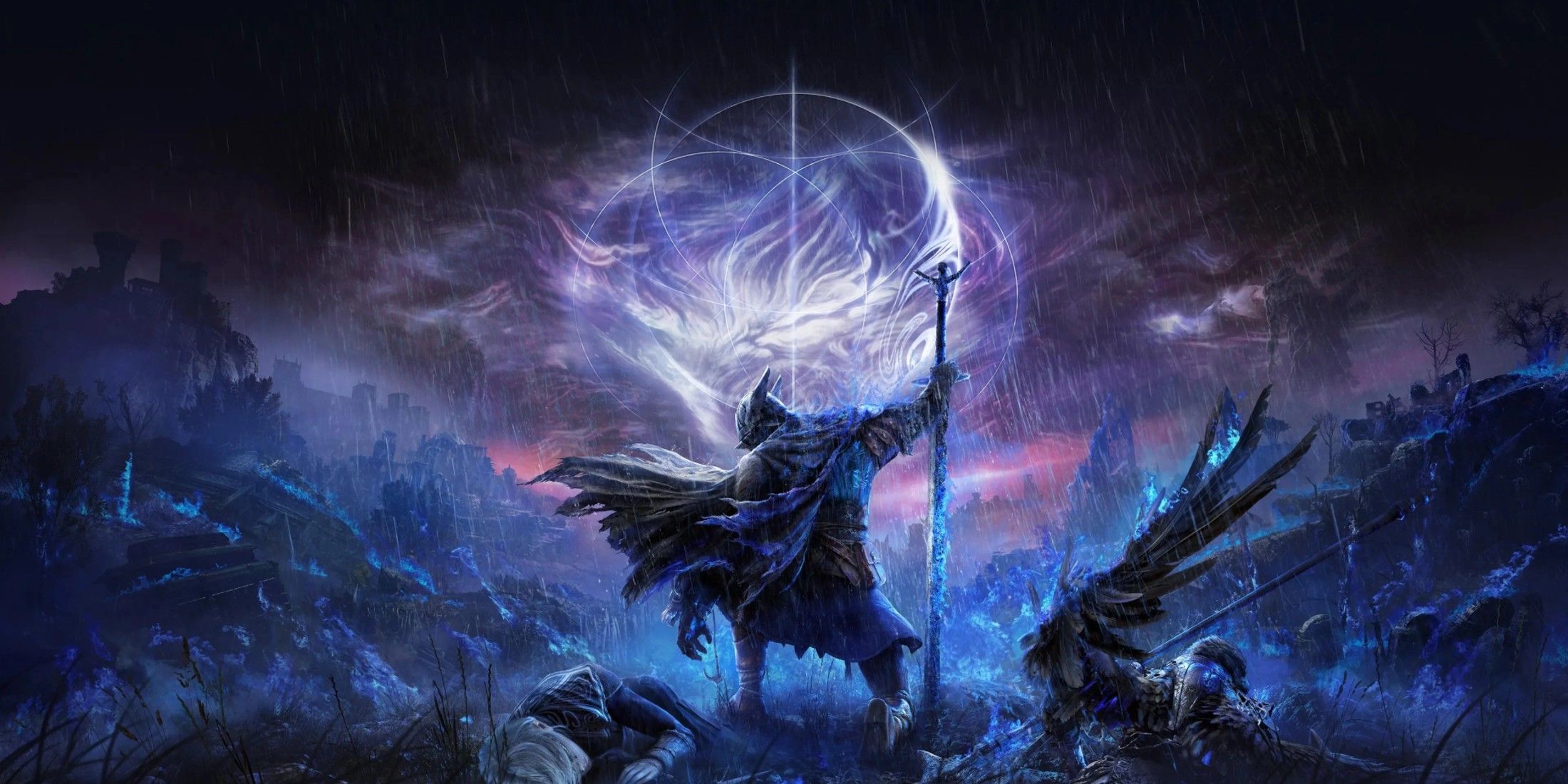
When considering FromSoftware and its unique game design approach, Hidetaka Miyazaki and the Dark Souls series are typically the first names that spring to mind. However, another key figure in the Soulsbourne series of FromSoftware games is game designer Junya Ishizaki. Ishizaki’s professional background boasts a list of FromSoftware’s top hits, including Dark Souls, Bloodborne, Dark Souls 3, and Elden Ring.
Following the success of Elden Ring and the massive effort poured into its creation and its stunning open world, The Lands Between, Ishizaki proposed the basic idea for Elden Ring Nightreign to Miyazaki and was given approval for the project along with the suggestion to “go all out”. After spending approximately 30 hours playing Elden Ring Nightreign and defeating its final boss in a dramatic comeback victory, it’s clear that Ishizaki fulfilled the potential of Nightreign’s concept and heeded Miyazaki’s advice, as Elden Ring Nightreign offers an unparalleled experience that confidently forges its own path within FromSoftware’s expanding legacy.
What truly sets Nightreign apart is the fact that its appeal isn’t instant but grows over time. Initially, Nightreign appears to contrast sharply with FromSoftware’s usual methodical gameplay style. Nightreign is characterized by its rapid pace; offense takes precedence, characters are largely pre-defined, and the entire experience seems like a more detailed boss rush mode, developed under the guidance of FromSoftware. However, as one delves deeper into Nightreign and grows accustomed to its distinctive gameplay rhythm and its unique twist on the action roguelike subgenre that is distinctly reminiscent of FromSoftware, it becomes increasingly clear how much effort and passion went into creating something innovative yet familiar. In essence, Elden Ring Nightreign represents FromSoftware finding the secret formula to transform a Soulsborne game into an engaging fusion of action RPG, boss rush, and extraction shooter. This unique blend is executed so skillfully that even the occasional design flaws can be easily overlooked due to how enjoyable and addictive the gameplay becomes.
Elden Ring Nightreign is Both Like and Unlike Anything Before It
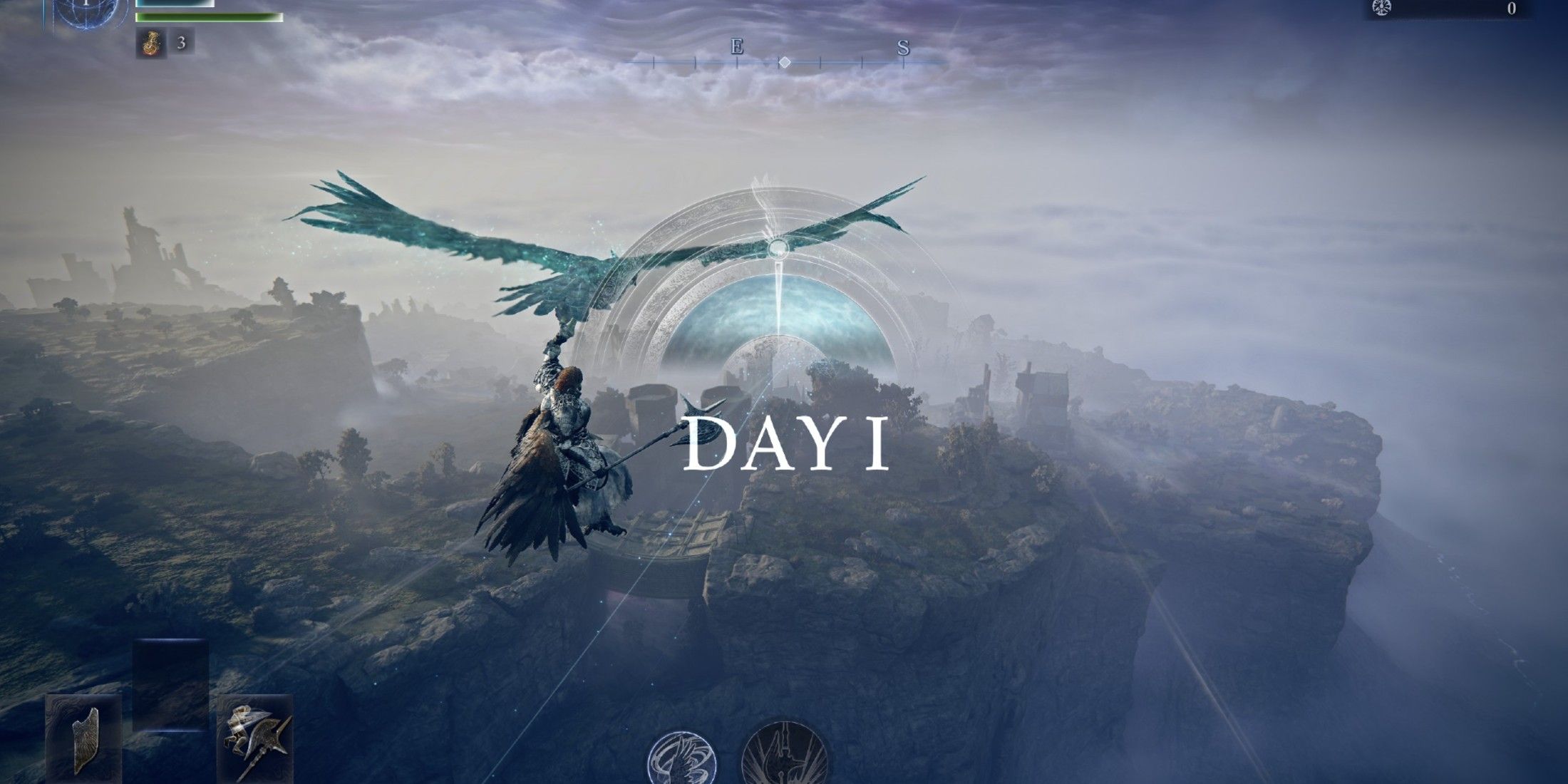
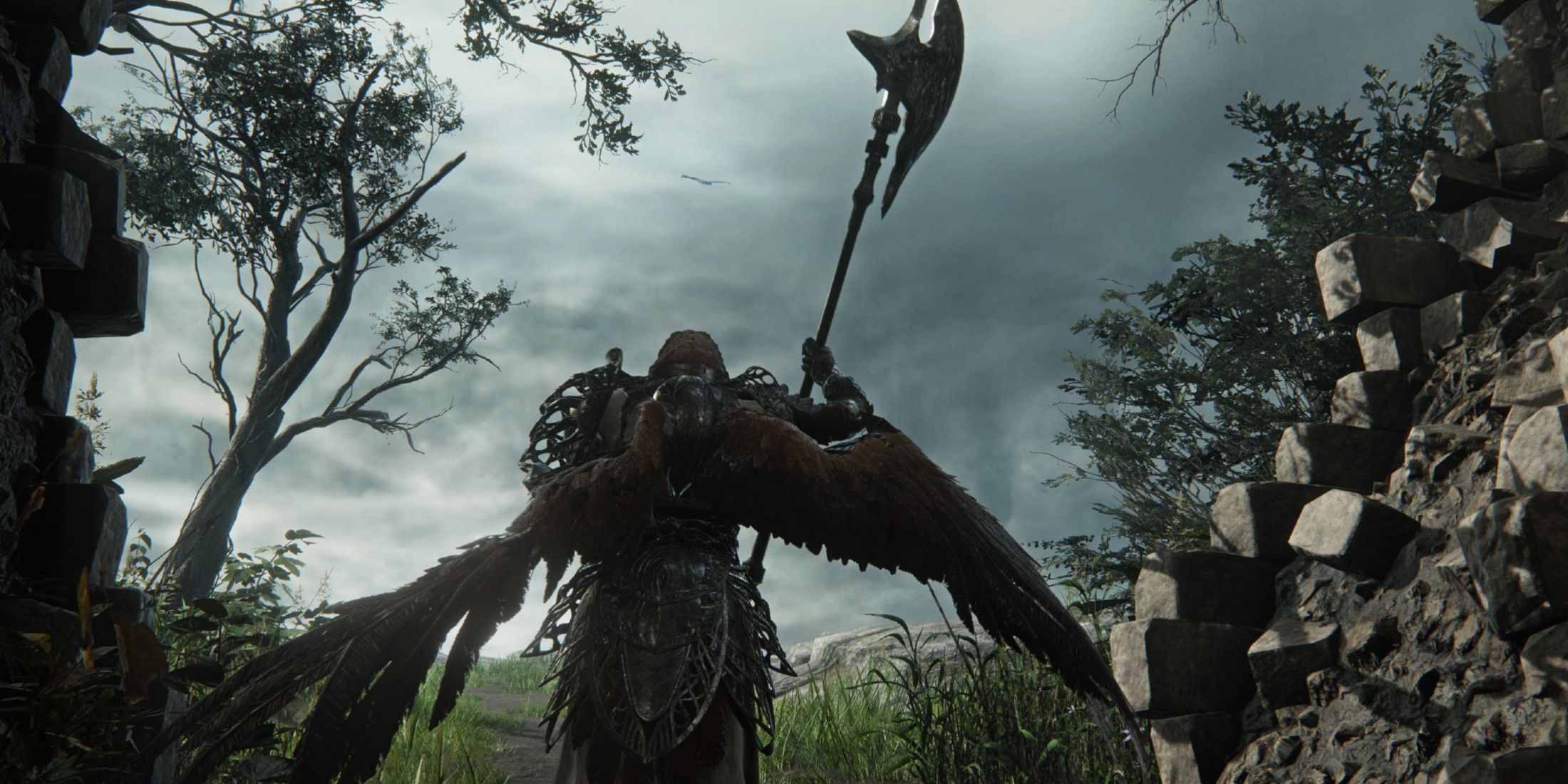
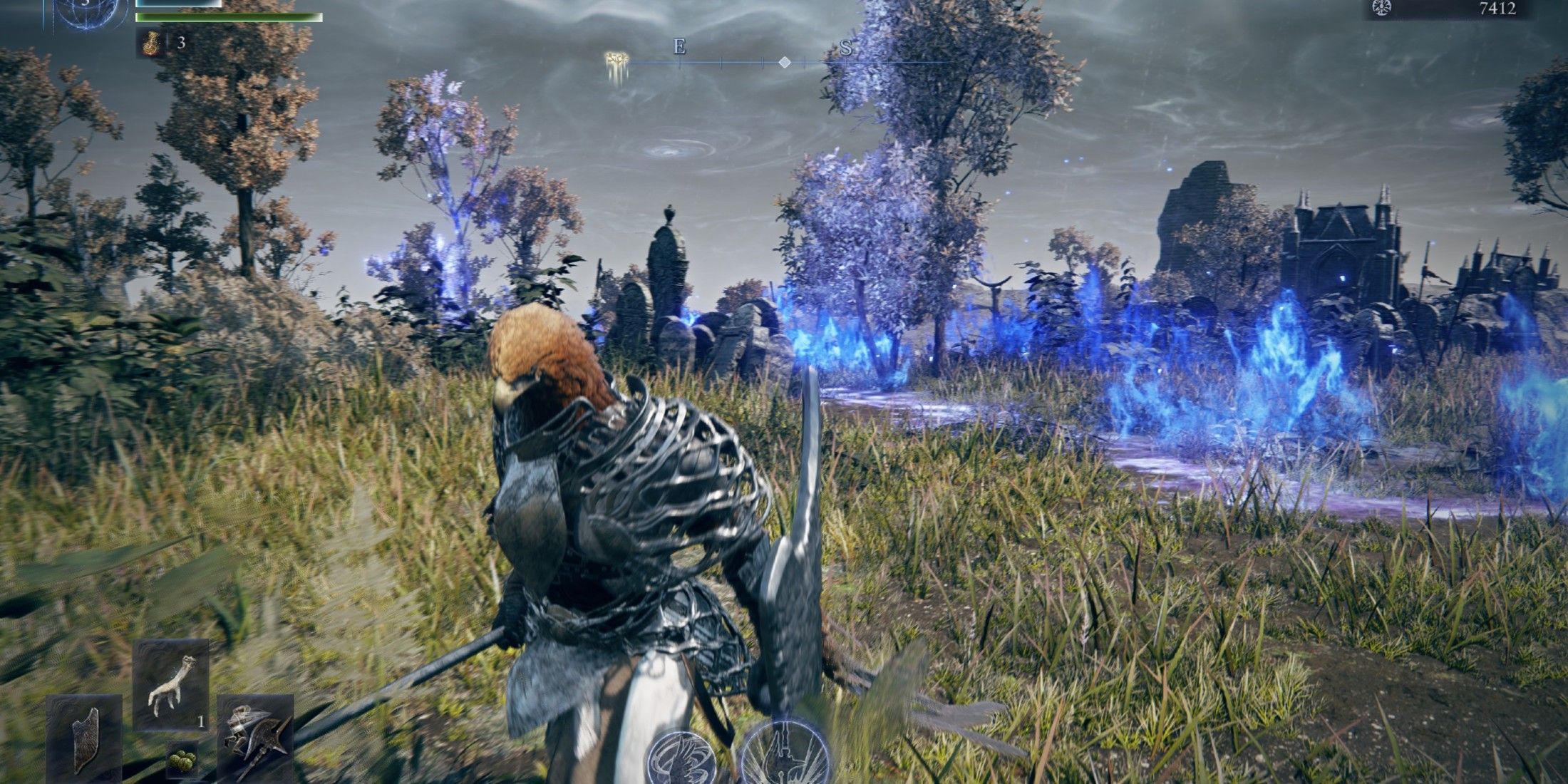
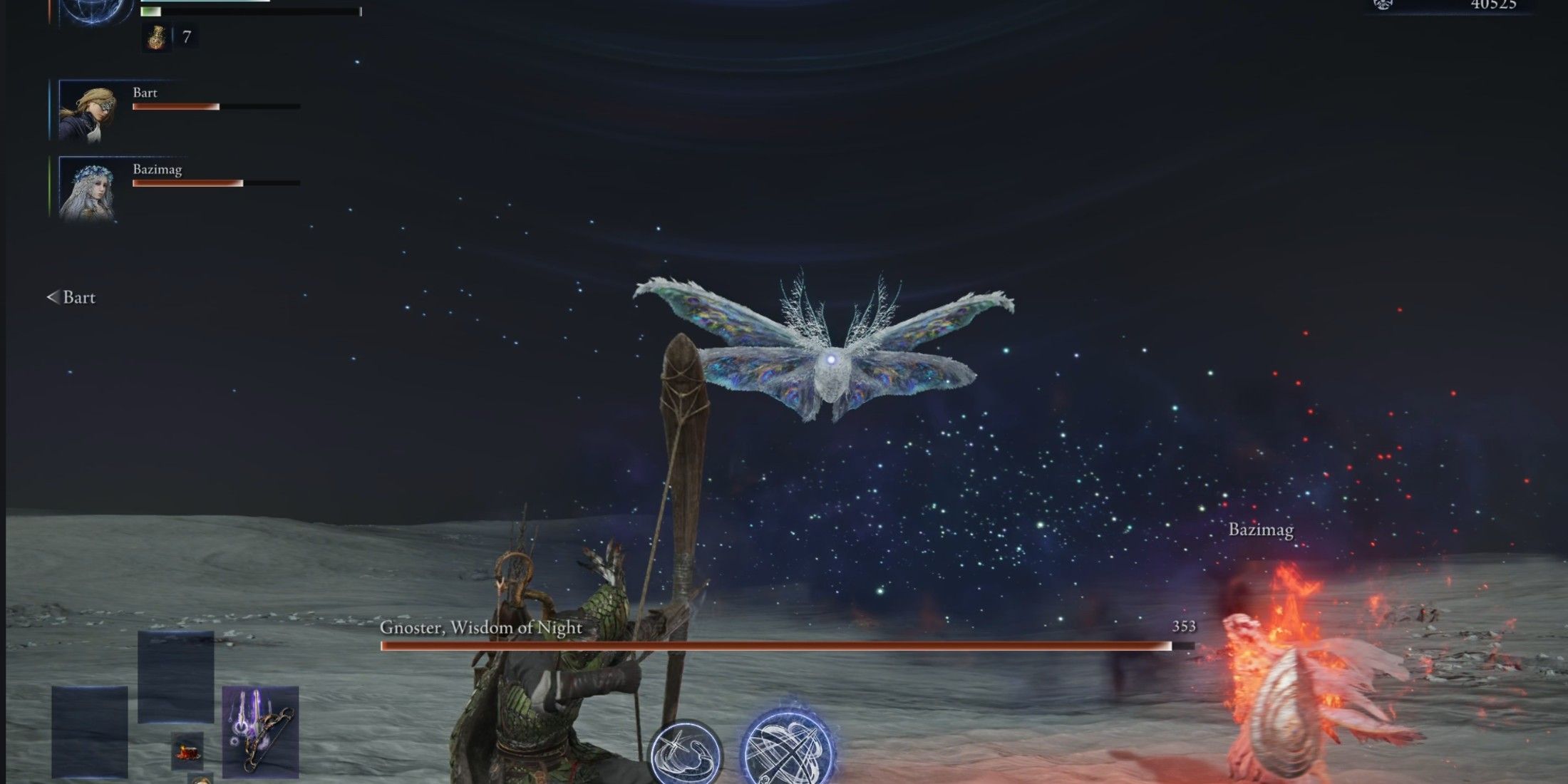
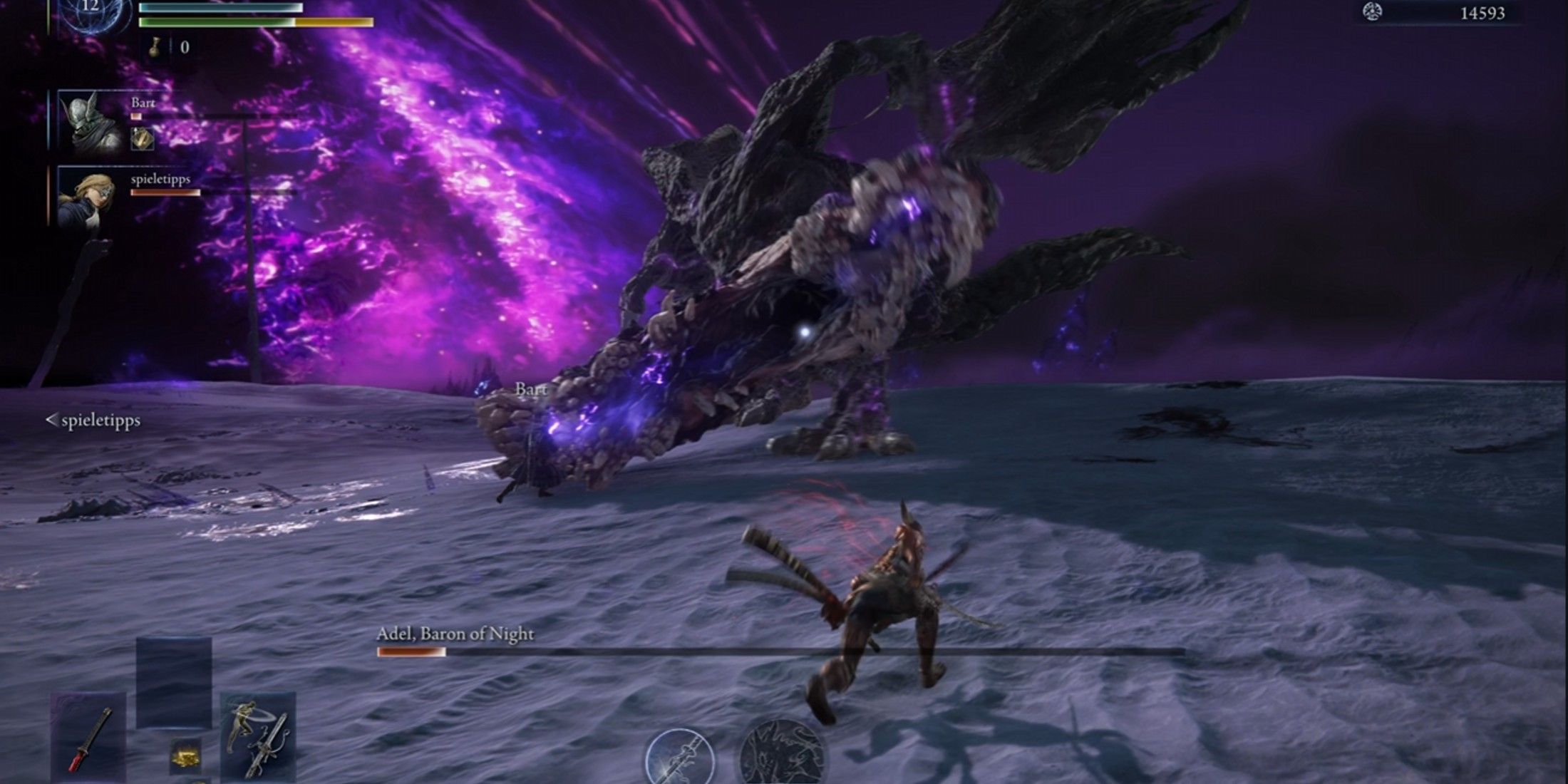
In the same realm as Elden Ring, but on an alternate plane called Limveld, a turbulent story unfolds. Similar to a slice of Limgrave from The Lands Between, Limveld is currently in turmoil due to the arrival of a malevolent entity known as the Night Lord. Unlike other events, it seems there’s no overarching power controlling the Night Lord’s emergence; instead, it appears to be an unavoidable force that needs addressing. Champions from different realms within the Elden Ring universe are being drawn in to combat this menace and ultimately banish it, aiming to restore peace and order once more.
In this game, you begin by selecting one out of six (later expanding to eight) characters, embarking on solo or three-player cooperative adventures known as “Expeditions” into the world of Limveld. These experiences share some similarities with Monster Hunter, allowing you and your fellow players, called Nightfarers, to pick which main game bosses, the Night Lords, you wish to confront before marking them on the map. This decision influences an Expedition’s overall strategy and optimal team composition.
The start of each Expedition is reminiscent of battle royale games like Fortnite or PUBG: Battlegrounds, with a drop-in sequence. Your objective is to traverse the map within a set timeframe, defeating enemies and bosses to gather runes, gear, and other valuable items while also battling a boss at the end of each day as the Night’s Tide, a harmful storm that drains your health, approaches.
After two days of exploration and boss fights, you confront your chosen Night Lord in battle, receiving rewards regardless of whether you emerge victorious over these formidable opponents.
In Nightreign, although it may seem like a typical action roguelike structure, its unique approach to combat and character development sets it apart from other games within this subgenre. Nightreign, much like Elden Ring, sees FromSoftware applying the right adjustments to make a Soulsborne game fit seamlessly into a roguelike or extraction shooter setting, resulting in an exciting new adventure.
One of the key elements that differentiate Nightreign is the decision to restrict players to predefined builds and a level cap of 15, which creates a highly satisfying power curve that develops quickly. Initially, you may find yourself vulnerable among enemies, but by Day 3, you’ll be deftly navigating the map and taking on bosses fearlessly as your party grows stronger.
If you’re feeling disappointed by the absence of buildcraft in Nightreign, it’s essential to note that FromSoftware has devised an ingenious solution in how the game manages gear and long-term upgrades. The game’s randomized loot drops and Relics play a significant role in Nightreign’s progression, affecting both individual runs and overall progression. Each of the Night Lords in the game has a unique elemental weakness that influences the ideal path for a group of Nightfarers to follow. Defeating bosses at these locations results in loot drops categorized into various rarity tiers. Players can equip up to 6 different weapons and are even incentivized to carry weapons not typically suited for their class due to the ability to leverage off-hand passives. As you progress, you’ll consistently discover suitable drops that offer a satisfying feeling of power increase.
Just as in Elden Ring Nightreign, the prizes given to players at the conclusion of each Expedition – regardless of the outcome – serve as the basis for its meta-progression. To start with, the rewards will be restricted to relics that offer some fundamental passive enhancements, such as boosting FP regeneration or quickening character’s ability gauge refilling. Over time, however, you’ll unlock powerful relics capable of drastically altering the Nightfarers you encounter on Expeditions, thus helping shape the evolving meta. This unique blend of gameplay akin to Elden Ring and the structure of popular action roguelikes offers a fresh yet instantly graspable experience.
Nightreign’s Pace and Structure Are Almost Antithetical to Souls Games, Ultimately to Its Benefit
For many seasoned Souls players, the tempo of “Nightreign” might necessitate some adaptation. In “Elden Ring: Nightreign Expeditions,” days can seem distressingly brief, making it crucial to swiftly decipher all map symbols and devise an efficient route to enhance your chances of victory. A significant aspect of this involves “Nightreign’s” Random Number Generation (RNG), which can be either harsh or kind depending on the layout of each Expedition. However, the rapid pace of “Nightreign’s” fundamental gameplay loop is also a key factor that highlights the brilliance of its playable characters, the Nightfarers.
In Nightreign, veterans of Elden Ring will find the controls intuitive, but the streamlined character builds and loadouts cater to Nightreign’s fast-paced style. Alongside standard light and heavy attacks and weapon abilities, each Nightfarer possesses a character ability and an ultimate ability. Defeating enemies fills the ultimate gauge, while character abilities recharge automatically at a quicker rate. Mastering a particular Nightfarer requires grasping how to harmoniously combine these abilities with regular attacks. Remarkably, once accustomed to Nightreign’s rapid tempo, you might find it challenging to return to the base game’s slower, more deliberate combat.
Elden Ring Nightreign’s Nightfarers Are a Motley Crue of Souls Archetypes
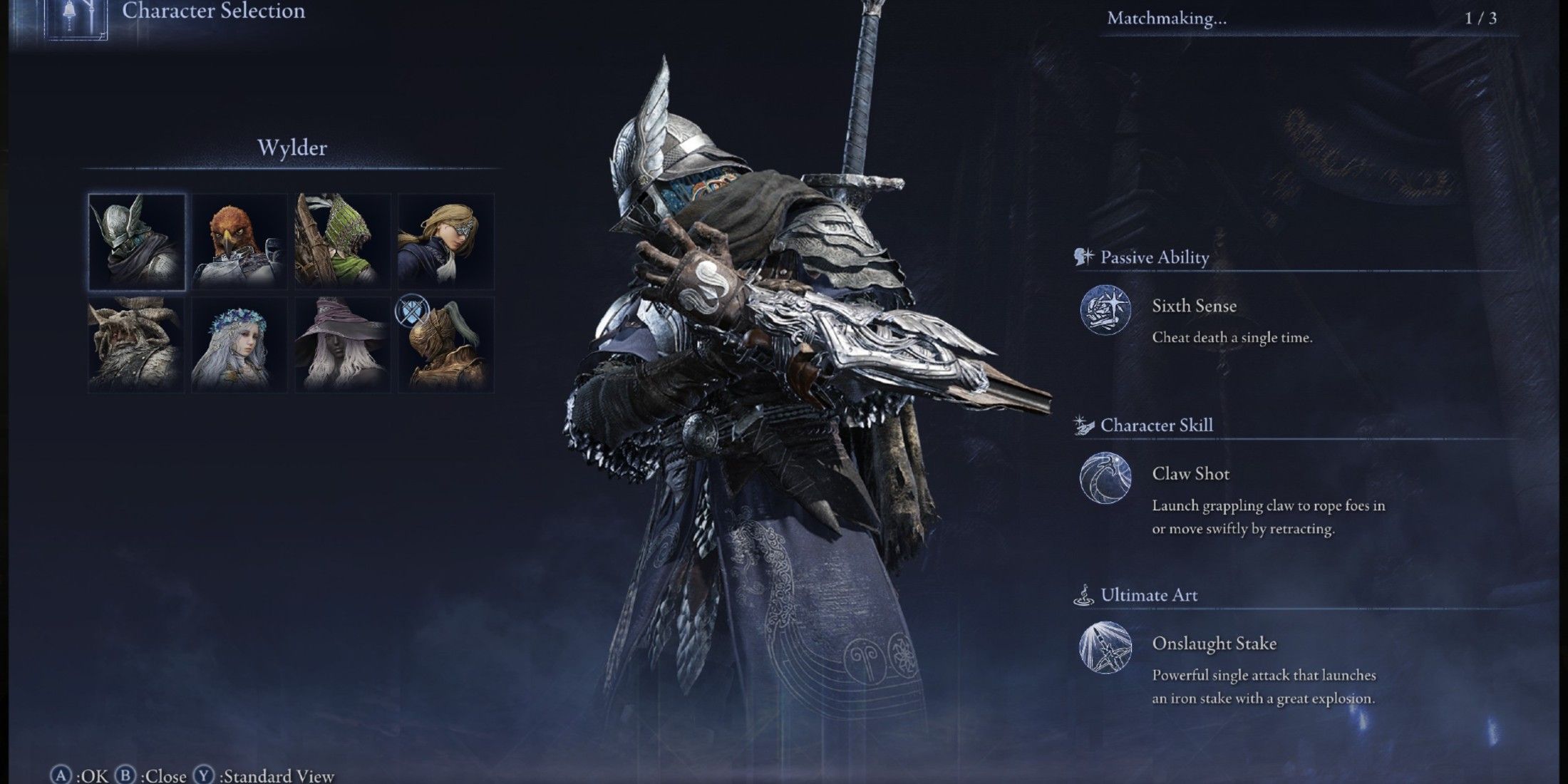
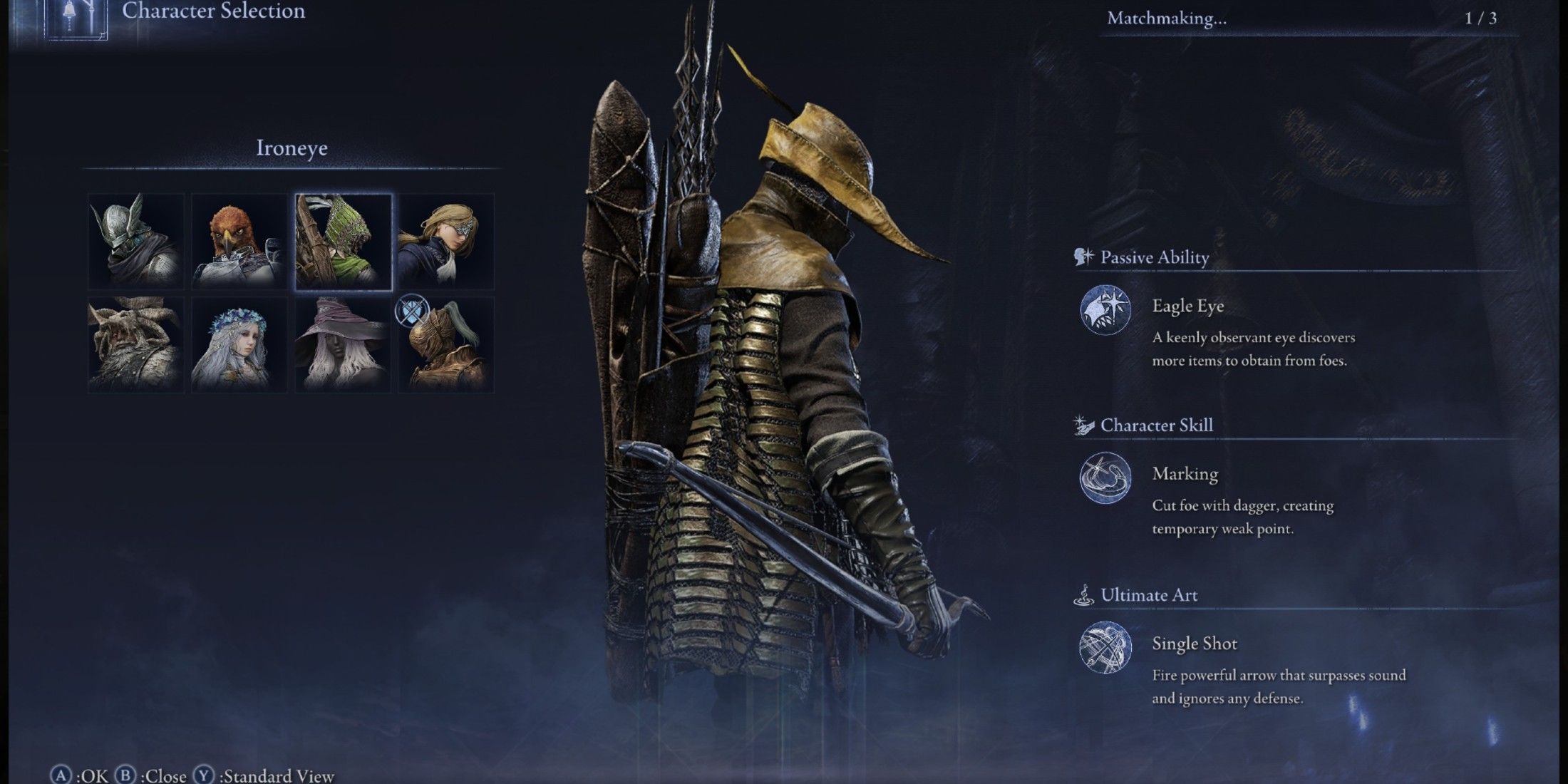
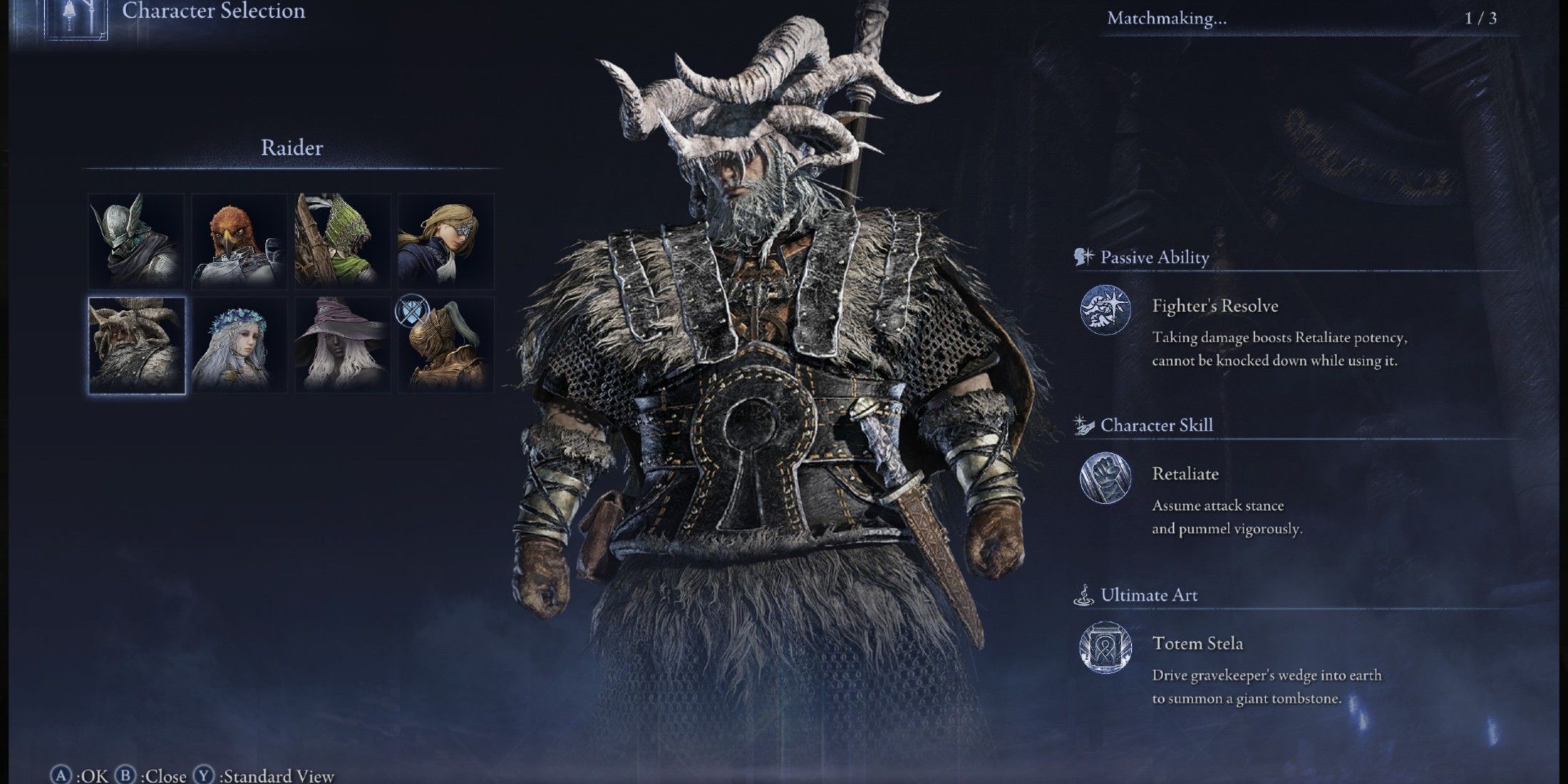
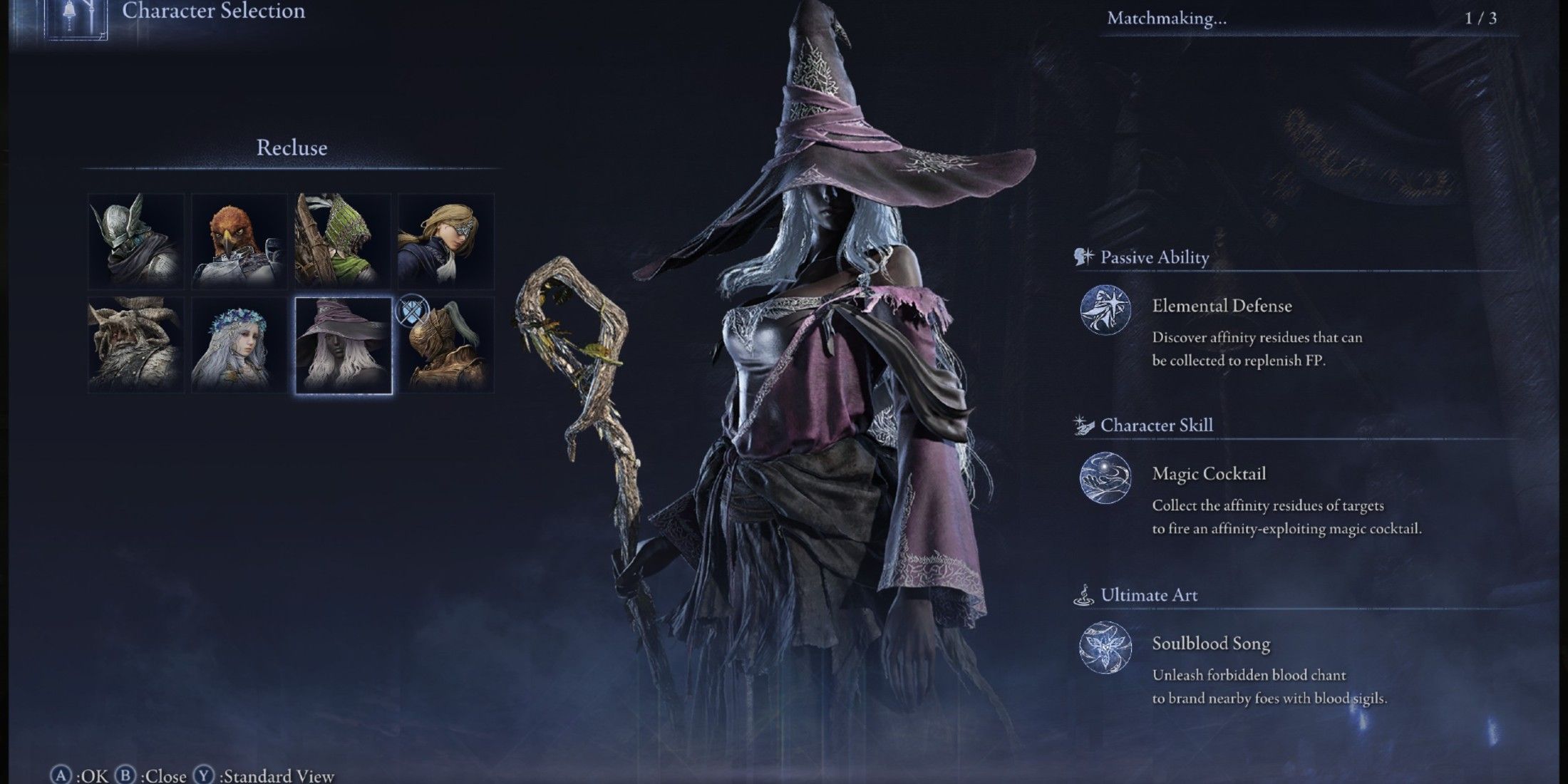
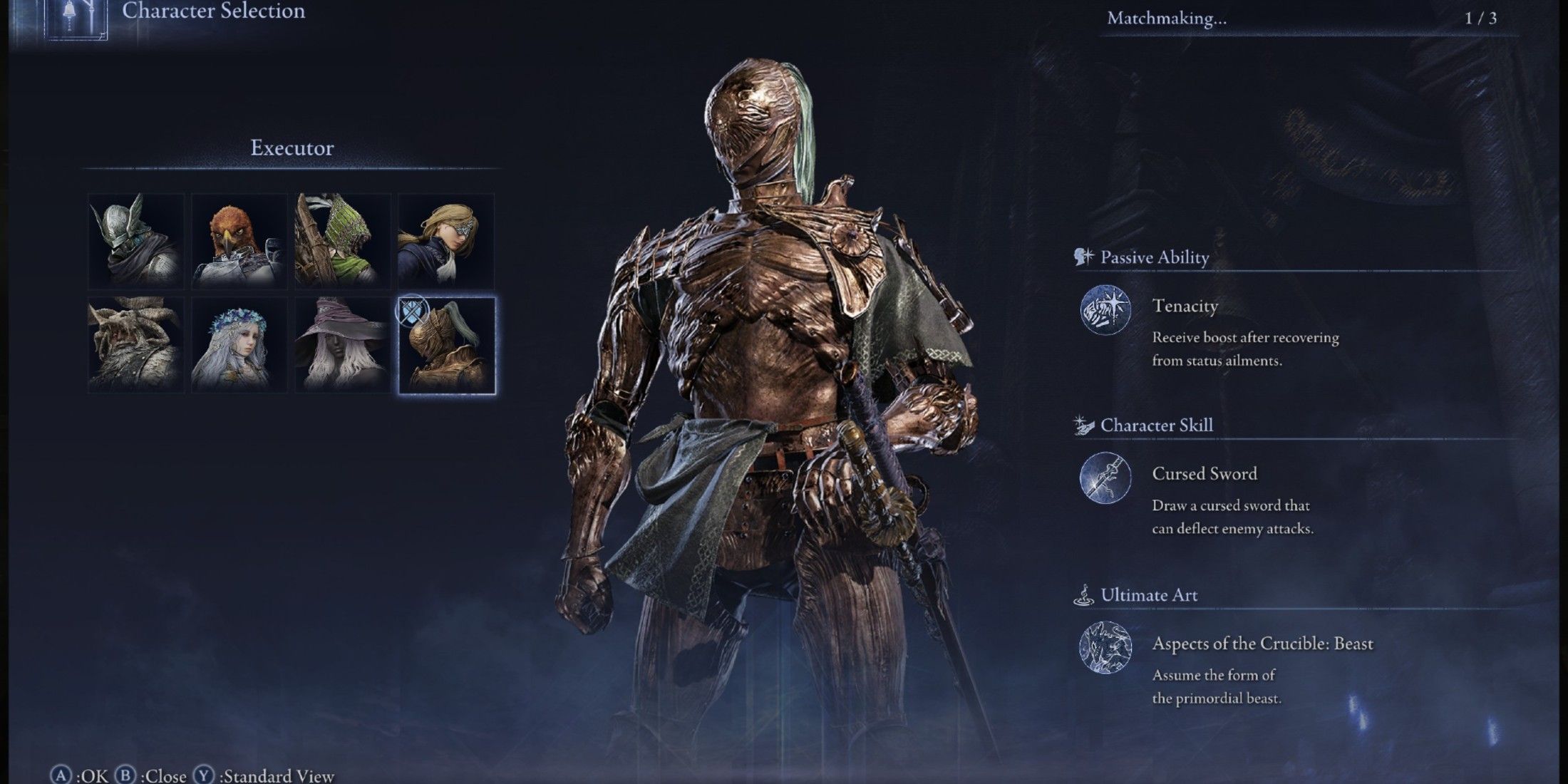
Besides combining aspects from Soulsborne games and roguelikes, the game “Elden Ring Nightreign” also carries a hint of hero shooter heritage due to its pre-made characters, the Nightfarers. FromSoftware does justice to these characters by making them enjoyable to play, and they are versatile enough to fit into almost any team setup. Some Nightfarers can even adapt to different roles on the battlefield, making them a viable option for all three players against certain bosses. Each Nightfarer follows an archetype that veteran FromSoftware fans will recognize, and discovering which one aligns best with your playstyle is a significant part of what keeps each run in “Nightreign” thrilling, as you experiment with new characters and tactics to inch closer to victory.
As a gamer diving into Nightreign, I’ll kick things off with Wylder, an all-round tank who’s equipped with a grappling hook for bridging gaps and getting up close and personal with enemies. Guardian, true to his name, adopts the “shield and poke” strategy inspired by Elden Ring, skillfully deflecting attacks with a large shield in one hand while delivering thrust attacks with spears and halberds in the other. He also boasts an ultimate that’s perfect for reviving downed teammates. Executor is my Dex and Arcane build, a stealthy assassin armed with katanas. Recluse specializes in Area of Effect (AoE) attacks, tapping into various elemental magic at his disposal. Raider is the berserker-type character who deals massive damage and absorbs an impressive amount of punishment. Lastly, Ironeye stands out among the initial six Nightfarers due to his kit that transforms gameplay into a third-person shooter experience.
while you can play the game alone, it’s almost always better when you’re part of a team of three.
The Nightlords Are Elden Ring Nightreign’s Stars
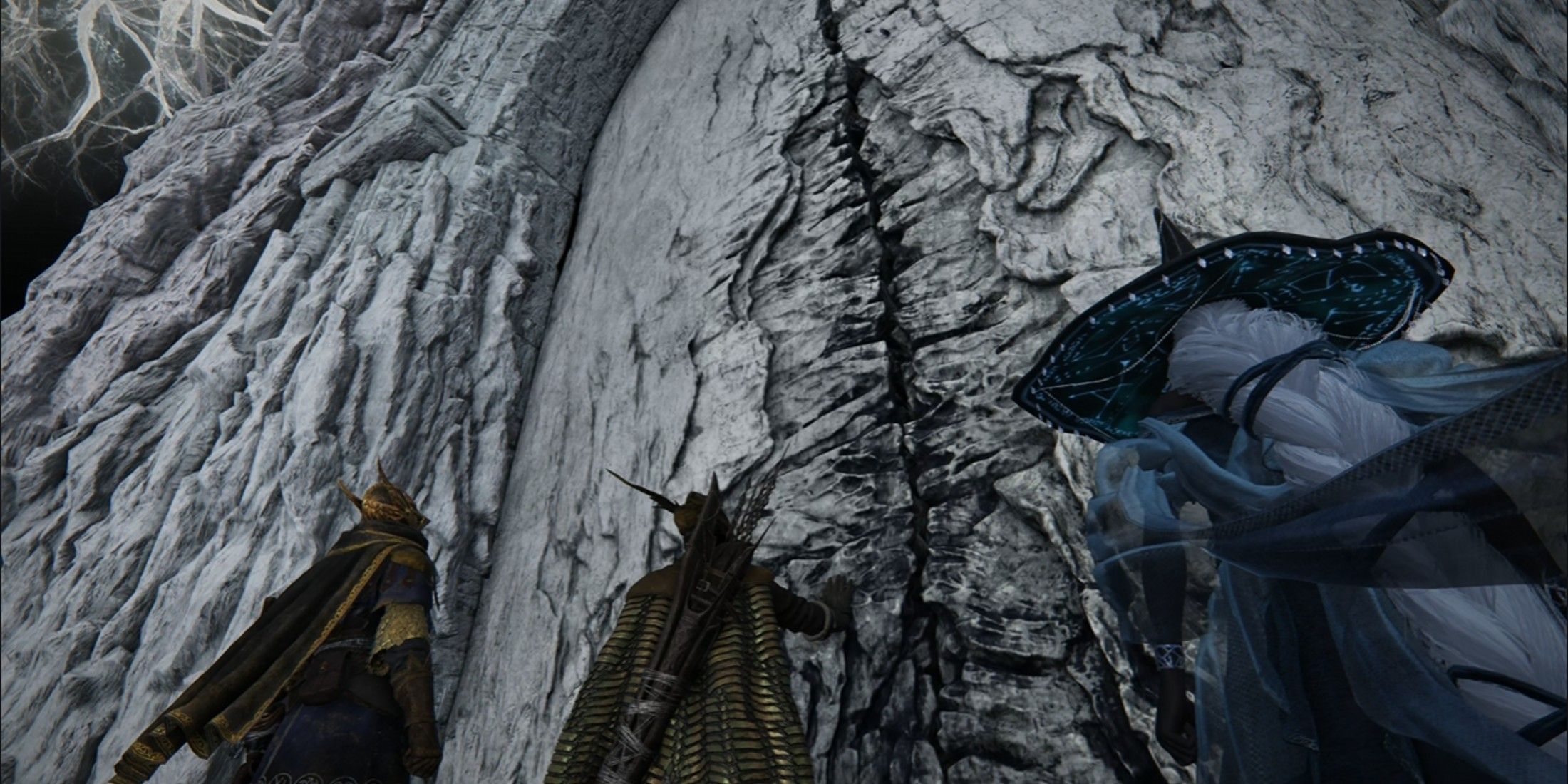
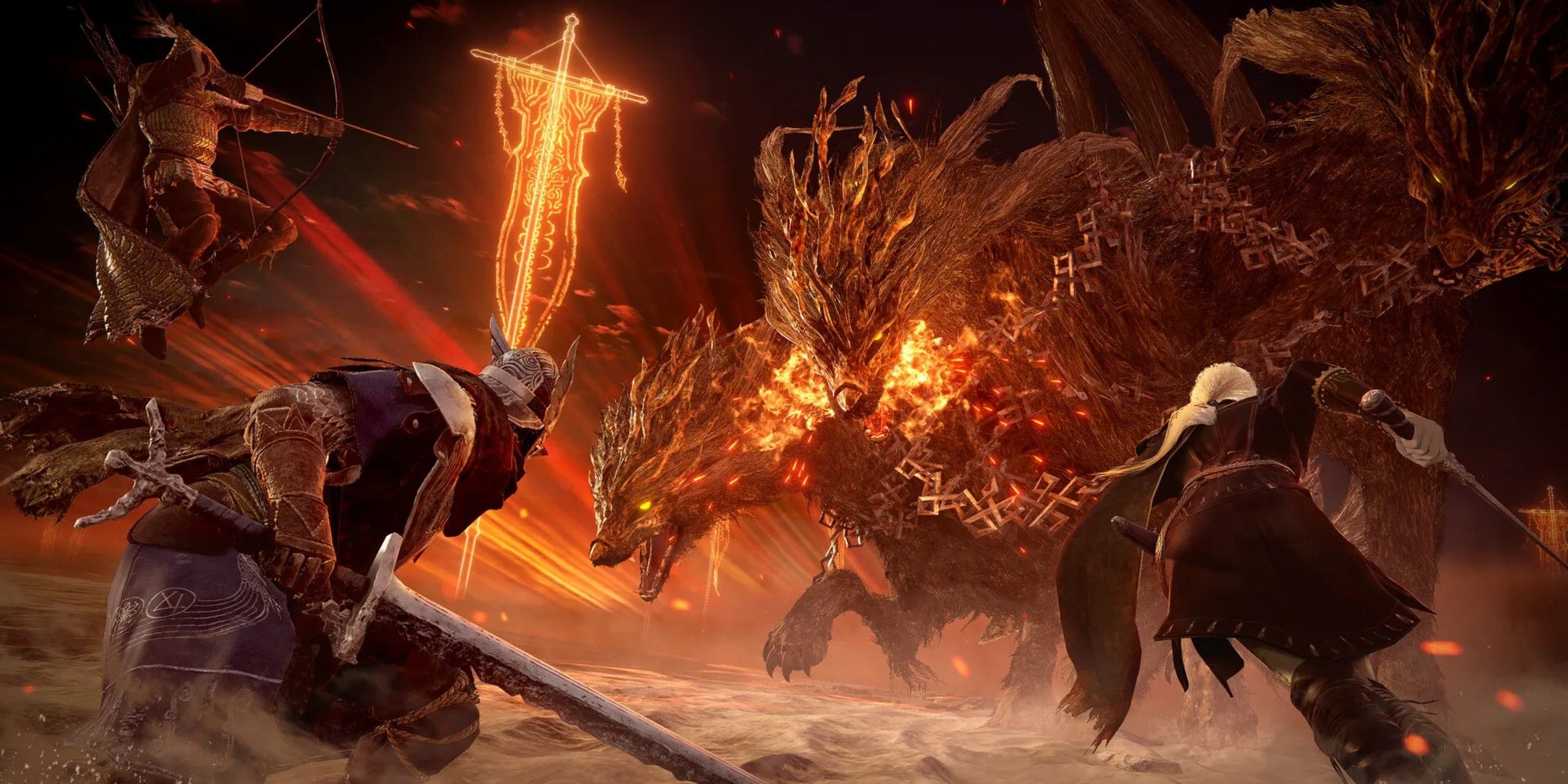

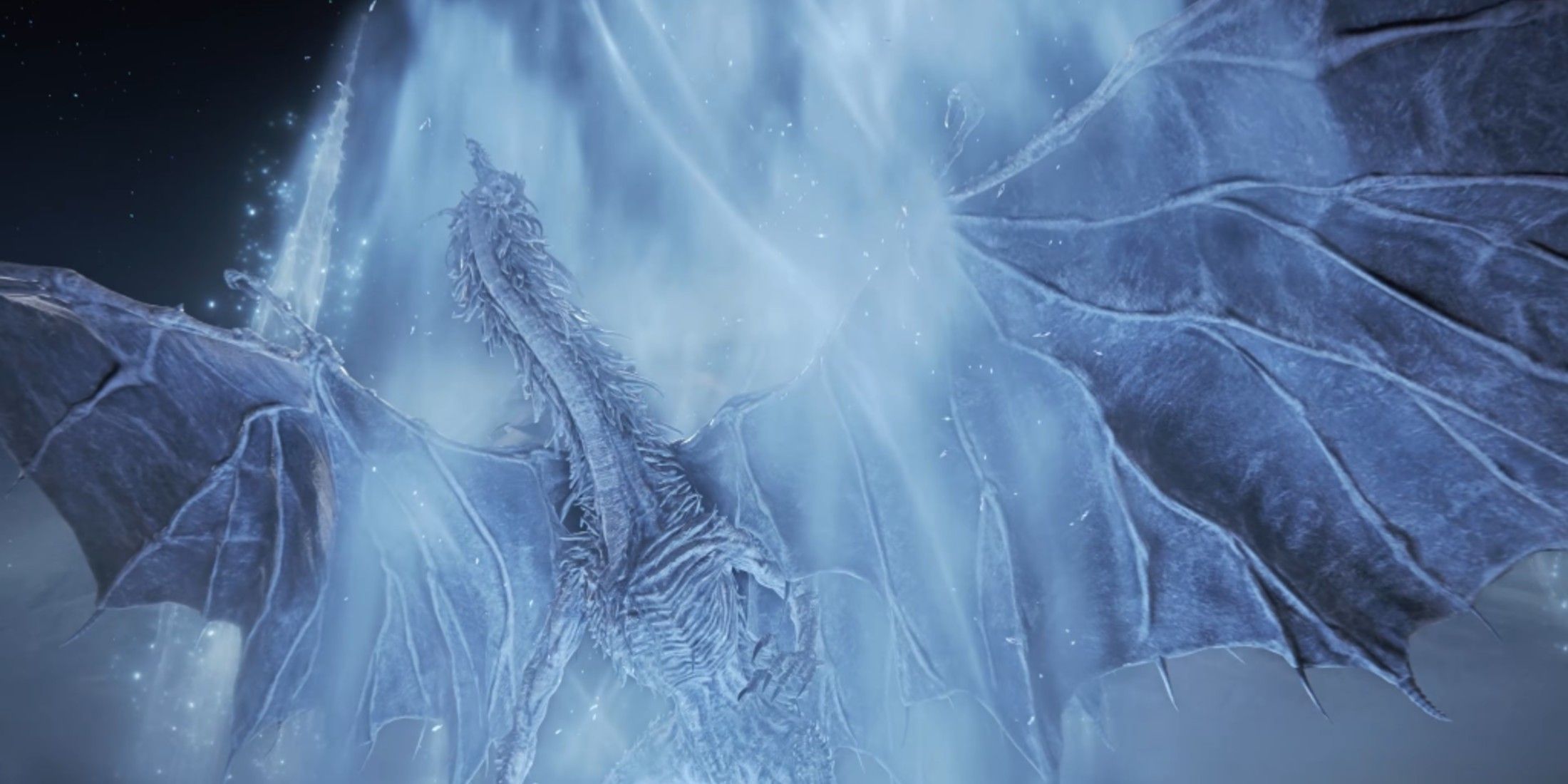
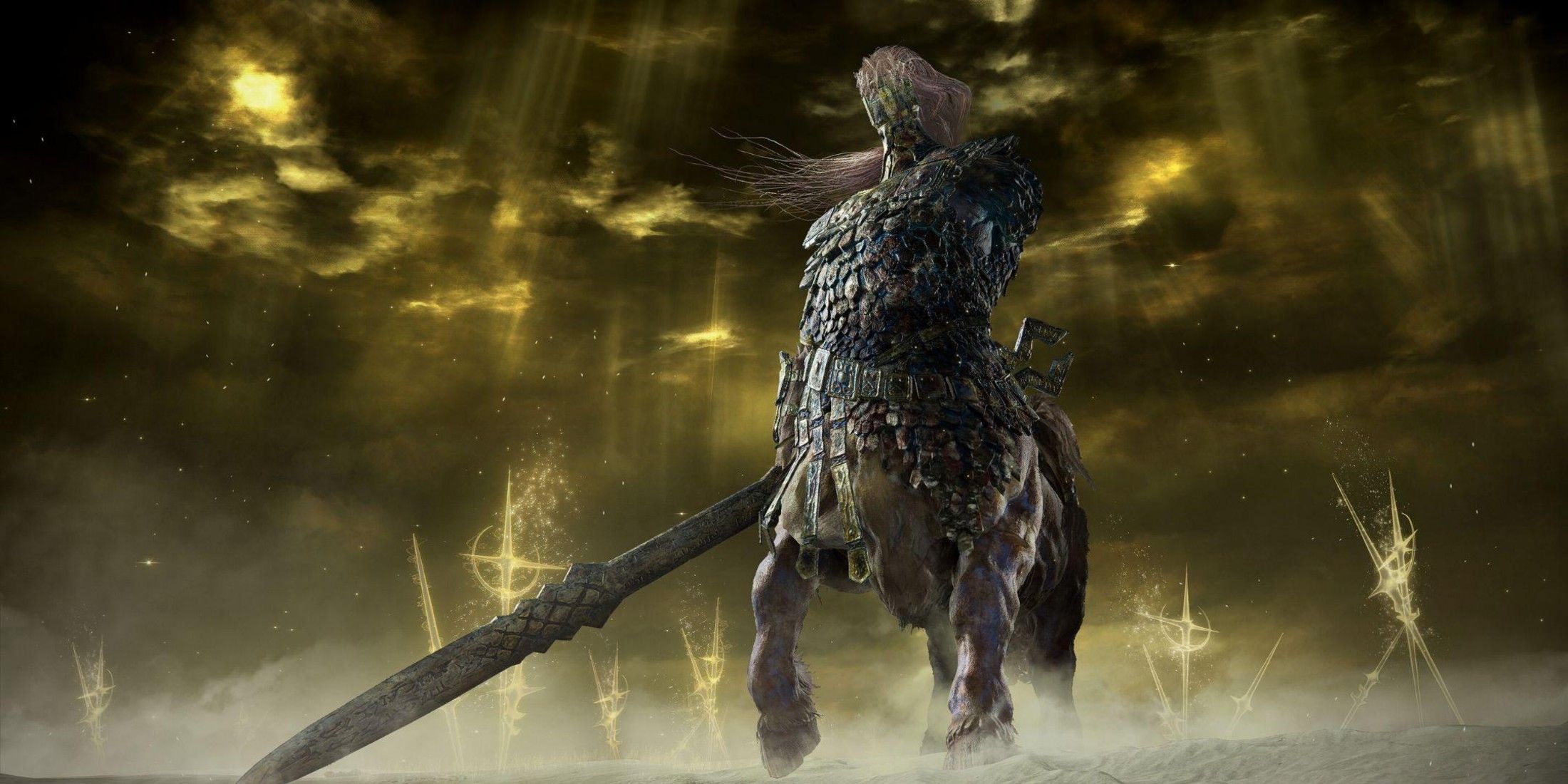
In “Elden Ring Nightreign”, boss enemies play a fundamental role and essentially drive the game’s main mechanics, which is why FromSoftware put significant effort into creating formidable antagonists: the Night Lords. Before the release of “Nightreign”, there was much anticipation surrounding the regular boss enemies players would face throughout each day and at the end of Days 1 and 2 in each Expedition. As suggested by the coverage prior to release, “Nightreign” boasts a diverse array of bosses not only from “Elden Ring”, but also from the entire “Dark Souls” trilogy. Battling these adversaries in their revamped, reappearing forms offers a fresh or refreshed experience due to the game’s innovative structure and character classes. However, the most striking aspect of “Nightreign” are the Night Lords.
It’s best if players go into the game Nightreign with minimal knowledge about the end-of-run bosses before they get their hands on it. Let me tell you, each of these freshly minted bosses is worthy of being ranked among the finest fights in the entire FromSoftware collection. Every fight against a Night Lord is a visual spectacle and boasts an epic soundtrack to match. Their abilities and move sets will test even the most seasoned FromSoftware gamers to their very limits. Overcoming 4 of the initial 7 Night Lords unlocks an additional boss, which serves as the final one before the credits roll. To my pride or shame, I must confess that one of the Night Lords in particular still instills a sense of dread within me, even after I’ve supposedly conquered Nightreign‘s ultimate challenge.
Elden Ring Nightreign’s Structure Presents a Slight Downfall for Learning Boss Behaviors
It’s clear that the structure of the game Nightreign is different from Elden Ring, which makes learning a boss in Nightreign more challenging due to its 3-day Expedition structure. A return to a boss in Elden Ring can be swift, often taking just seconds before you’re back trying again. However, in Nightreign, a failed attempt at a boss will set you back for a minimum of 35+ minutes as you prepare for another try. Mastering the move sets of a single Night Lord could take several attempts, amounting to over 3 hours for a single fight – an equivalent time that would equate to many attempts on a challenging boss in any other Souls game. On the bright side, each new attempt offers players the chance to approach a Night Lord with better equipment, stronger Relics, a different team composition, and various factors that can significantly impact their chances of success.
The Addictive Nature of Elden Ring Nightreign Smooths Over Its Few Pain Points
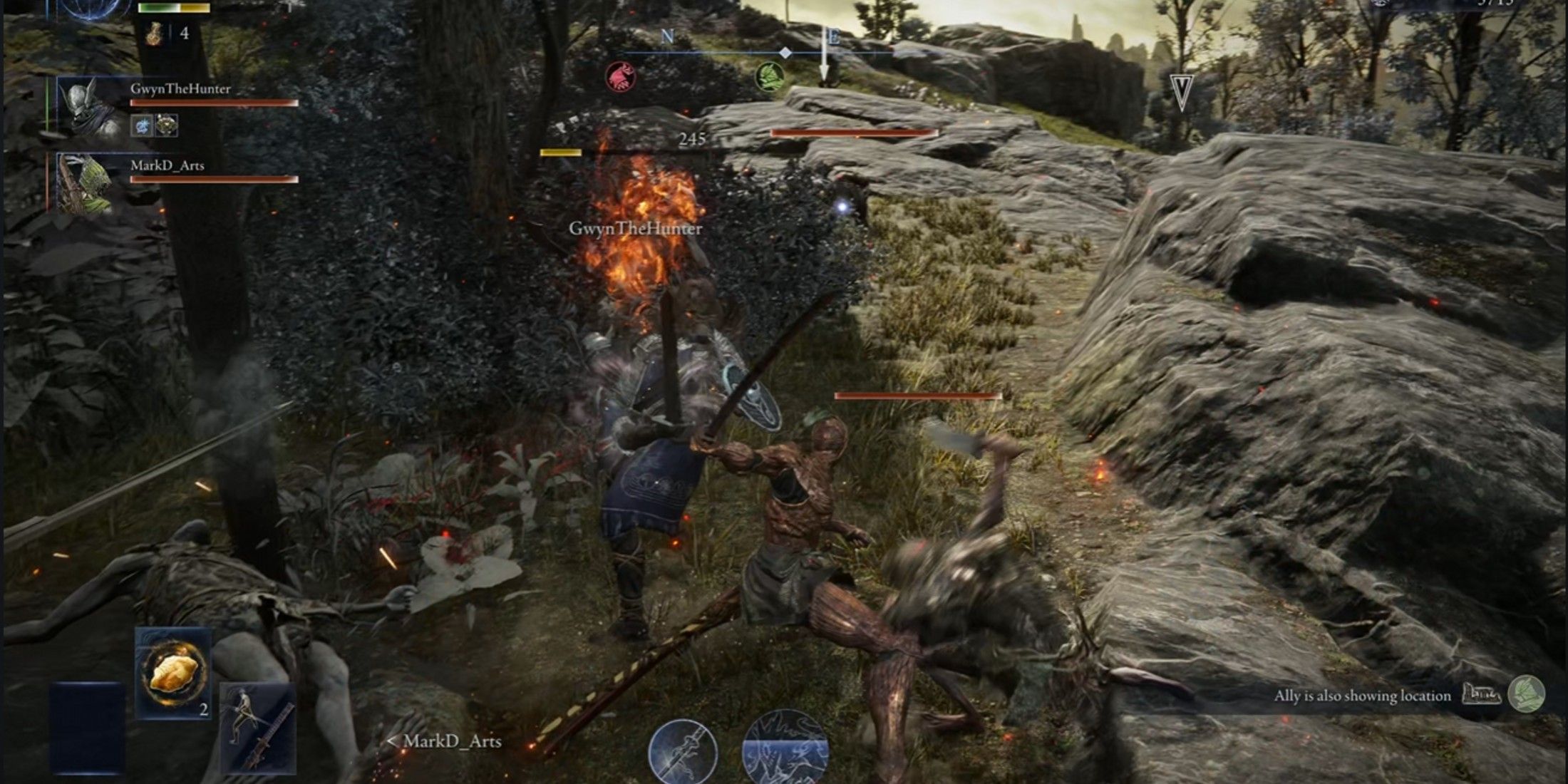
Despite the many delightful aspects of Elden Ring Nightreign, there are a few minor issues that prevent it from being nearly perfect. One such issue lies in the platforming, particularly jumping, which plays a significant role in movement within the game. Unfortunately, this aspect can be quite frustrating; you may frequently get stuck on objects or fail to clear a steep cliff just as the Night’s Tide is approaching, leading to death and loss of runes before respawning and rejoining your fellow Nightfarers. Another issue arises when trying to traverse large areas, as the only method available is sprinting. The absence of Torrent in Nightreign is keenly felt during these situations.
In Elden Ring Nightreign, you have the option to explore Limveld on your own if that’s what you prefer, but the current balancing makes it a challenging endeavor, almost guaranteeing defeat. During my playthrough for the review, I managed to complete only a handful of solo runs and only made it to day three once, where I was swiftly defeated in mere seconds against the Night Lord. Sometimes, events within Limveld prevent players from finding matches, leaving you with two choices: find others experiencing the same event or try to resolve it yourself, which may lead to feelings of futility and frustration.
Despite having some small issues with it, “Elden Ring: Nightreign” remains enjoyable, whether you’re embarking on your initial journey or your hundredth. For lovers of roguelikes and FromSoftware games, playing “Elden Ring: Nightreign” feels like a perfect union, and FromSoftware deserves recognition for their masterful adaptation of the acclaimed “Elden Ring” formula into an entirely new subgenre that is likely to be one of the most-played games in 2025.
On May 30, 2025, Elden Ring Nightreign will be available for PC, PlayStation 5, and Xbox Series X/S. We received a PC version of the game to conduct our review, courtesy of Game Rant.
Read More
- Death Stranding 2 smashes first game’s Metacritic score as one of 2025’s best games
- Best Heavy Tanks in World of Tanks Blitz (2025)
- [FARM COSMETICS] Roblox Grow a Garden Codes (May 2025)
- Here Are All of Taylor Swift’s Albums in Order of Release Date (2025 Update)
- CNY RUB PREDICTION
- Gold Rate Forecast
- Vitality Triumphs Over The MongolZ To Win The BLAST.tv Austin Major 2025
- Delta Force Redeem Codes (January 2025)
- List of iOS 26 iPhones: Which iPhones Are Supported?
- Overwatch 2 Season 17 start date and time
2025-05-28 17:13